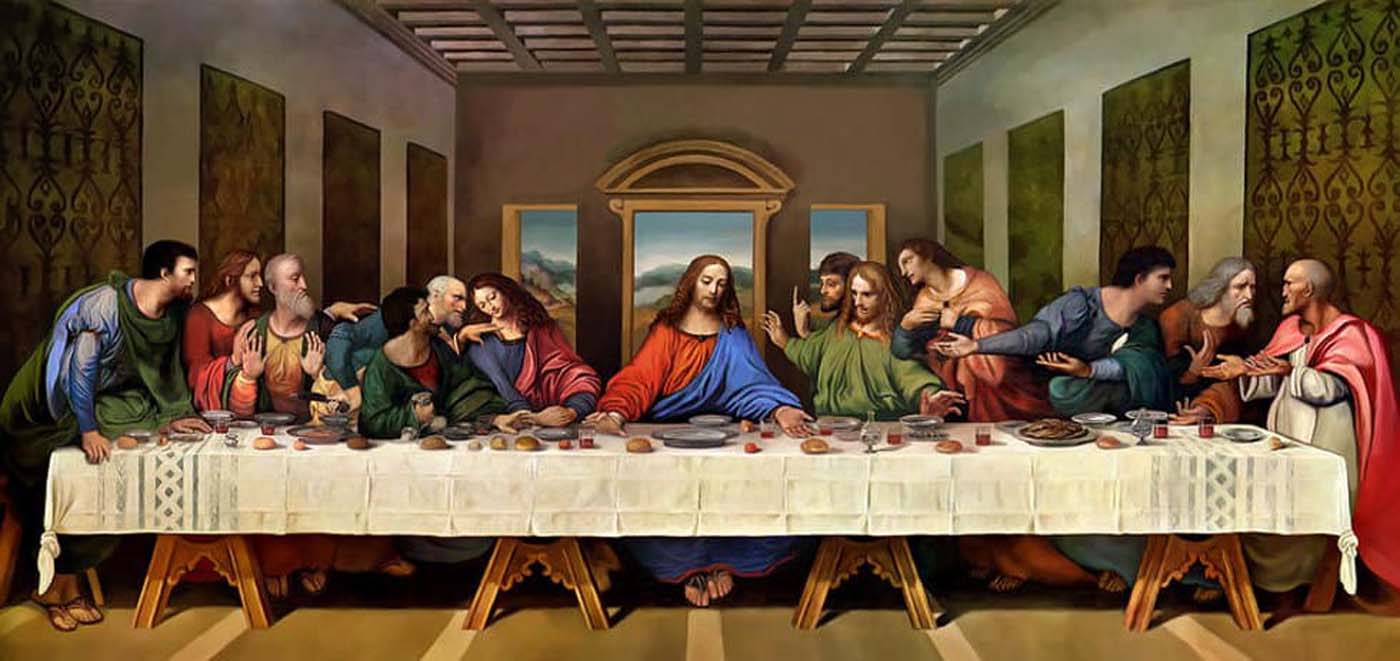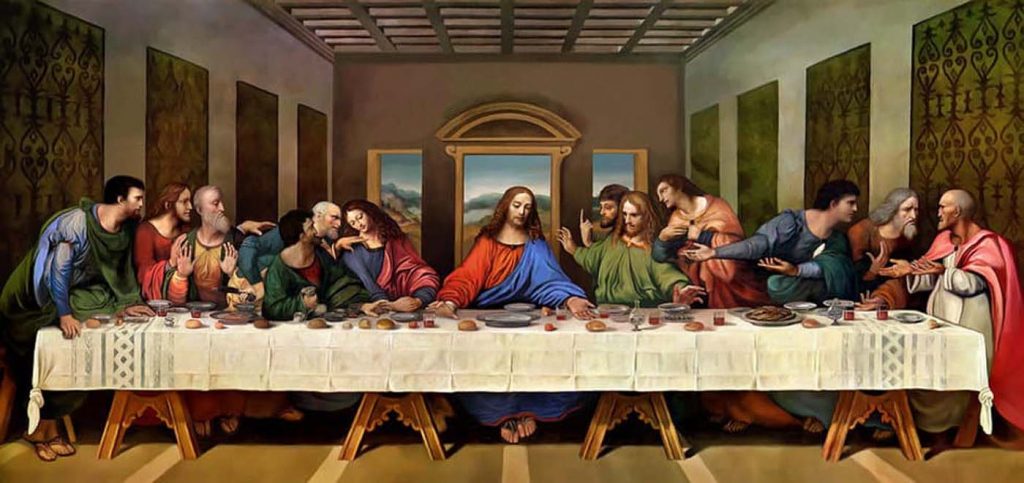Last Updated on July 16, 2018 by Editor
As we sit in church, we hear snippets of the Old Testament and passages of the New Testament.
We learn about the prophets of old and of the life and teachings of Jesus. We all know that Jesus was accompanied by 12 disciples, one of whom (Judas) eventually betrayed him and in a fit of guilt hangs himself.
But what was the fate of the other 11 who struck out after the Resurrection to spread the word of the new faith?
Peter

He was chosen by Christ as the leader of the group. Upon the betrayal and death of Judas, one of his first tasks was to lead in the apostles’ selection of a replacement of their disgraced colleague. The group chose Matthias. Peter was sanctioned by the Sanhedrin, imprisoned by Herod. Tradition says Peter founded the church in Rome with Paul and was later crucified there. It is said he insisted he be crucified upside -down as he felt unworthy to perish in the same way as his Savior. His remains are beneath the high altar of St. Peter’s Basilica in Rome.
Andrew
He was Peter’s brother. He traveled far from the Holy Land during his mission. It is said that he preached around the Black Sea arriving as far north as the Ukraine, Romania and Russia. He established the See of Byzantium. He was martyred on an X-shaped cross in Patras, Greece, after being flogged. Stories say he continued to preach for two days before expiring on the instrument of his destruction. His remains have been divided among churches in Patras, Amalfi, Edinburgh and Warsaw as well as many other places.
James
The son of Zebedee, this James was the brother of John and the first of the apostles to be martyred. Tradition says he was decapitated by Herod himself. It is said he preached in Iberia (Spain) as well as the Holy Land. Upon his death his followers took his remains back to Spain where was buried at Santiago de Campostella. The Catholic Church does not necessarily ascribe to the notion that James ever actually worked in Spain, but the legend has persisted since 700 AD.
John
Often referred to as the “disciple whom Jesus loved,” John was the youngest of the apostles. He is the only one of the apostles to die of old age, though stories abound of the many times he was persecuted and tortured. It is believed that it is he who authored several books of the New Testament, though there are those that say some were written by another John. John was banished by the Romans to the island of Patmos. John’s tomb is in the remains of the Basilica of St. John in Ephesus (near modern Selçuk, Turkey).
Philip
He went on to preach in Greece, Syria and Phrygia. Having converted the wife of the proconsul of Rome in Hierapolis (an ancient city in Turkey), the angry official condemned Phillip to torture and crucifixion (upside down). Another story says he was beheaded. Though it is agreed his relics are in the crypt of the church of Santi Apostoli in Rome, a 2011 archeological dig in Heirapolis unearthed his original tomb.
Bartholomew
Also known as Nathanael, Bartholomew is said to have gone to India, Ethiopia, Mesopotamia, Parthia, Lycaonia and Armenia. He is considered to be one of the patron saints of the Armenian Apostolic Church. Tradition says he was flayed alive and beheaded in Albanopolis, Armenia, but another account places his martyrdom in India. His relics are found in the Cathedral of St. Bartholomew in Benevento, Italy. Another relic is in San Bartolomeo all’Isola in Rome, the site of a hospital, as Bartholomew is a protector of medicine and hospitals.
Matthew
As a tax collector, Matthew was literate in Aramaic and Greek. Though the Gospel that bears his name is anonymous, his authorship has been ascribed since the second century. Most scholars agree that he preached in the Holy Land but cannot come to consensus on where else in the world he traveled. It is interesting to note that Muslim texts place his missionary work around the Caspian Sea. There are conflicting stories about his martyrdom, but his relics are found in the Cathedral of Salerno.
James
The son of Alpheus, this James is only mentioned four times in the Gospels. One account of his martyrdom has him thrown from the Temple wall in Jerusalem (the same one where Satan took Jesus during the episode of the Temptation), surviving and then beaten to death with a fuller’s club. Another story has him crucified in Egypt.
Thomas
He traveled to India about 20 years after Christ’s death. He established seven churches in Kerala (southwest India) and descendants of those he baptized there proudly trace their lineage to those first converts. He is known as the “Apostle of India.” He was martyred during his mission in southwestern in India. Some scholars believe he might have traveled to Indonesia. His remains were brought to Edessa in Mesopotamia but have been divided and moved several times. In 1258, a portion made its way to the city of Ortona in Italy.
Simon
To distinguish him from Simon Peter, he often is referred to as Simon the Zealot. After working in Egypt, he joined Jude in Persia and Armenia. Different legends say he was crucified as the Bishop of Jerusalem, sawn in half in Persia, died peacefully in Edessa — and others say he was martyred with Jude.
Jude Thaddeus
Usually pictured with the flame of Pentecost over his head, Jude preached in Judea, Samaria, Idumaea, Syria, Mesopotamia, Beirut and Libya. He was martyred around 65 AD in Beirut with Simon the Zealot. His body was later brought to Rome and lies in St. Peter’s Basilica. He is known as the patron of lost causes and, of course, is the patron of the famous children’s hospital and research center in Memphis, Tennessee.
Matthias
He is unique because he wasn’t personally chosen by Jesus but by the other apostles upon the death of Judas Iscariot. He went on to preach in Cappadocia and the area of the Caspian Sea. He was stoned to death in what today is the country of Georgia.

